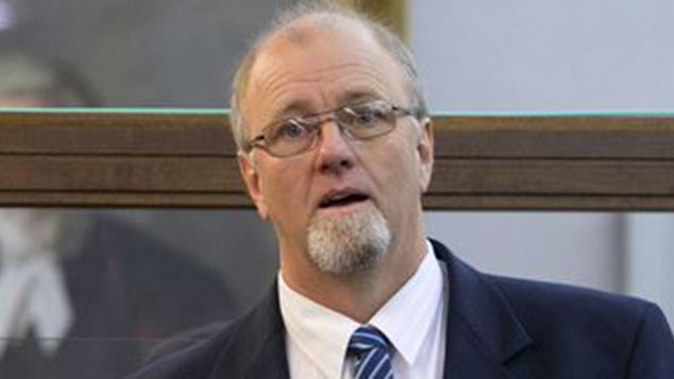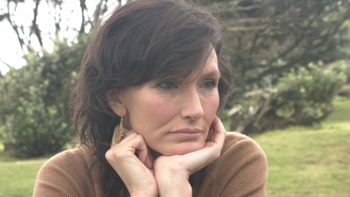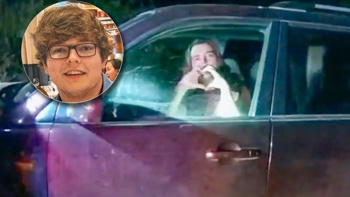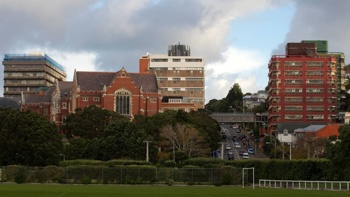
Two tiny spots on Mark Lundy's polo shirt are crucial to Court of Appeal hearing to overturn convictions for murdering his wife and daughter
The scientific test to identify spots on a shirt as human brain tissue is the critical issue in Mark Lundy's appeal against his murder convictions.
A high-powered legal team, headed by Jonathan Eaton QC, will appear in the Court of Appeal on Tuesday to argue Lundy suffered a miscarriage of justice at his retrial in 2015.
He was convicted, for the second time, of the murders of his wife Christine and daughter Amber in August 2000.
The most crucial evidence against Lundy were two stains on his polo shirt.
Dr Laetitia Sijen, from a laboratory in the Netherlands, tested the spots for molecular material called RNA.
Some types of RNA can only be found in one type of cell, so Dr Sijen compared the two shirt samples with "markers" to react with human brain tissue.
For one sample, there were no positive reactions for human brain tissue. For the second, there were seven positive reactions out of a possible twelve.
This led Dr Sijen to the conclusion the tissue was probably human.
Although this was strongly criticised by defence experts as flawed, experimental science the Crown used Dr Sijen's evidence with devastating effect.
"Put it all together and Mark Lundy has Christine Lundy's brain on his shirt. And no husband should have his wife's brain on his shirt," prosecutor Philip Morgan QC said in his closing address.
"Not when she's been murdered by having her skull cracked open and her brain's been splattered everywhere."
Next week, Lundy's defence lawyers will argue the jury should never have heard the RNA evidence at his second trial.
This was because RNA analysis is not suitable to be used in a forensic setting, according to Lundy's notice of appeal released to the Weekend Herald in 2015.
"It was crucial and central to the Crown case, and remains in real scientific dispute," Lundy wrote.
"I say that it is inappropriate and unrealistic to expect a jury to determine such complex issues of scientific dispute."
The hearing in the Court of Appeal is the latest legal twist since Christine and Amber Lundy were found dead in their Palmerston North home in August 2000.
Lundy was convicted of their murders in 2002 and failed to have his convictions overturned.
In fact, the Court of Appeal increased the minimum time Lundy must serve in prison to 20 years.
But after a campaign led by Auckland businessman Geoff Levick, those convictions were overturned by the Privy Council in London in 2013.
The Law Lords found a miscarriage of justice had occurred on a number of grounds including the science used to identify brain tissue and the time of death for the victims.
But two years later, Lundy was convicted again following a retrial in the High Court at Wellington.
The Crown had made significant changes to the the prosecution case against Lundy following the ruling of the Privy Council.
One claim not repeated at the retrial was Lundy making making a 300km round trip in less than three hours to commit the murders.
Take your Radio, Podcasts and Music with you









